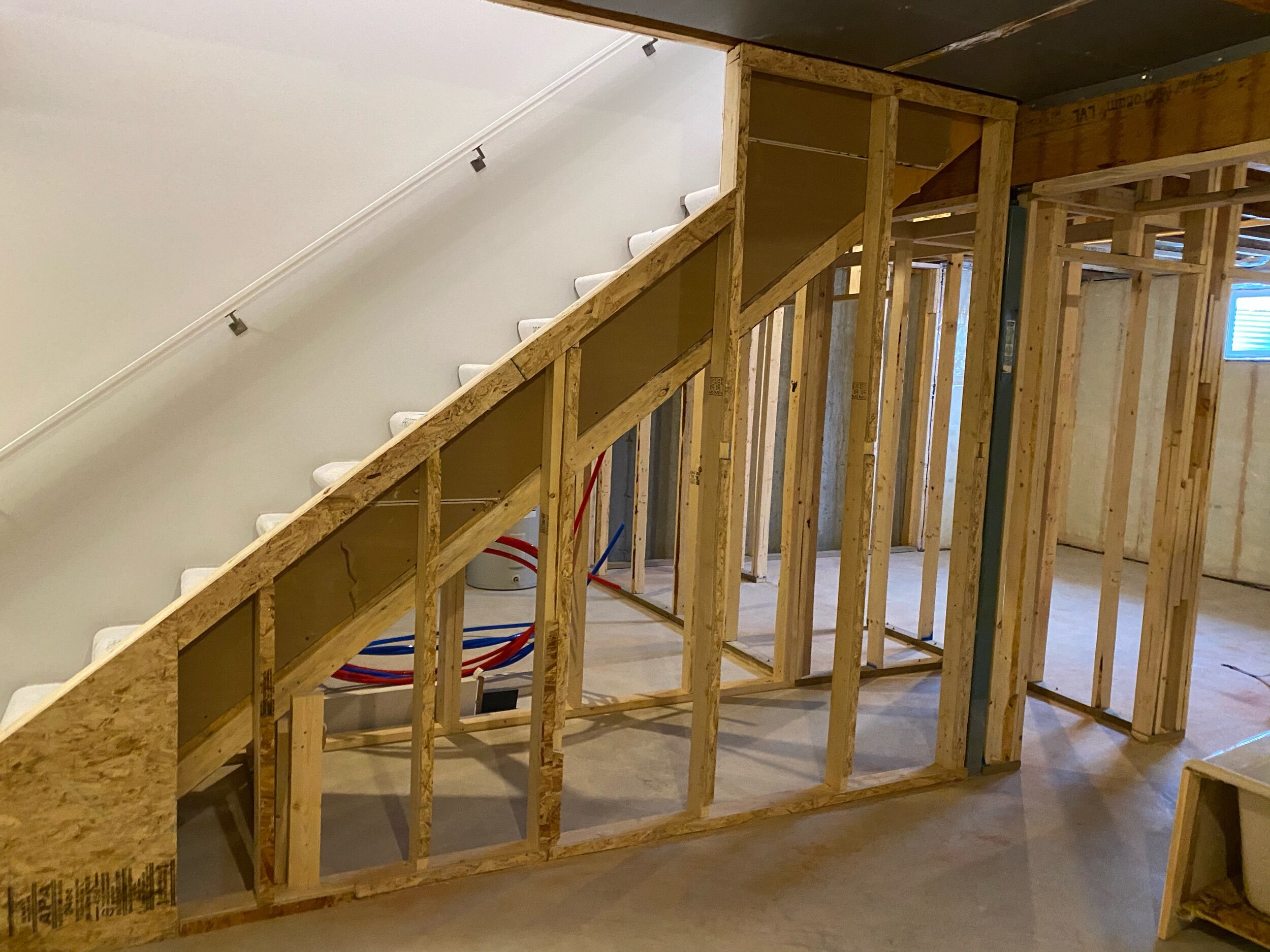Without discussing realtors spreading pseudo-authoritative information on listings utterly without accountability for the misrepresentation, commentary on the Calgary infill market cannot be considered complete. I have noted land selling that lacks any sort of added development potential, at prices that indicate serious value add development potential. Am I confused, is marginal redevelopment land now worth more? If so, what is the value of land with strong development potential? While I am making assumptions, sure, there is just something suspicious about a few recent transactions.
First of all, some land can only be used for a detached home, because it is too small. this is basically any lot under 42 ft. When you get deep into the 30 ft lots, then for sure you cant be subdividing land, and if you could, which you cant, the homes would be too narrow anyway. On occasion you could take a 40 ft lot, if it was large and on a corner and put some row housing on it, but in the cases of sales I have see, you can’t do this.
Yet the homes are typically teardown that sell, not something likely to be rehabbed, due to age, conditions, sizes etc. So who is buying these homes and why? Are they looking at the listing and using erroneous data in to it make false assumptions of what can be built? Are there many buyers or builders who want to start with very inflated sums and then try to build new luxury detached homes? Is a long but skinny lot suited for a garage suite attracting interest among home buyers who want a built in revenue stream? Lots of questions about this market in Calgary today.
425000 is no small sum for a lot you cant do anything with except build a newer, larger, detached home on 4 st nw. Sure the lot is r2, but it wouldn’t allow any conventional subdivision, but you could try a up down split, thus ‘duplex’ is mentioned in the advertisement. This is not done in the calgary market very often. I can’t think of any done recently, but I’d like to know about it if someone has tried it. 4th St NW does have a fair bit of development on it, but $425k is a high bar to start from. It wasn’t long ago there was a plethora of 50 ft r2 lots available to purchase in the low 500’s or less. That would allow two legitimate houses to be built at nearly half the land cost. At 425 for a single lot, the house will inevitably need to be valued over $1m to be worth pursuing here. I dont know if I like that math.





















